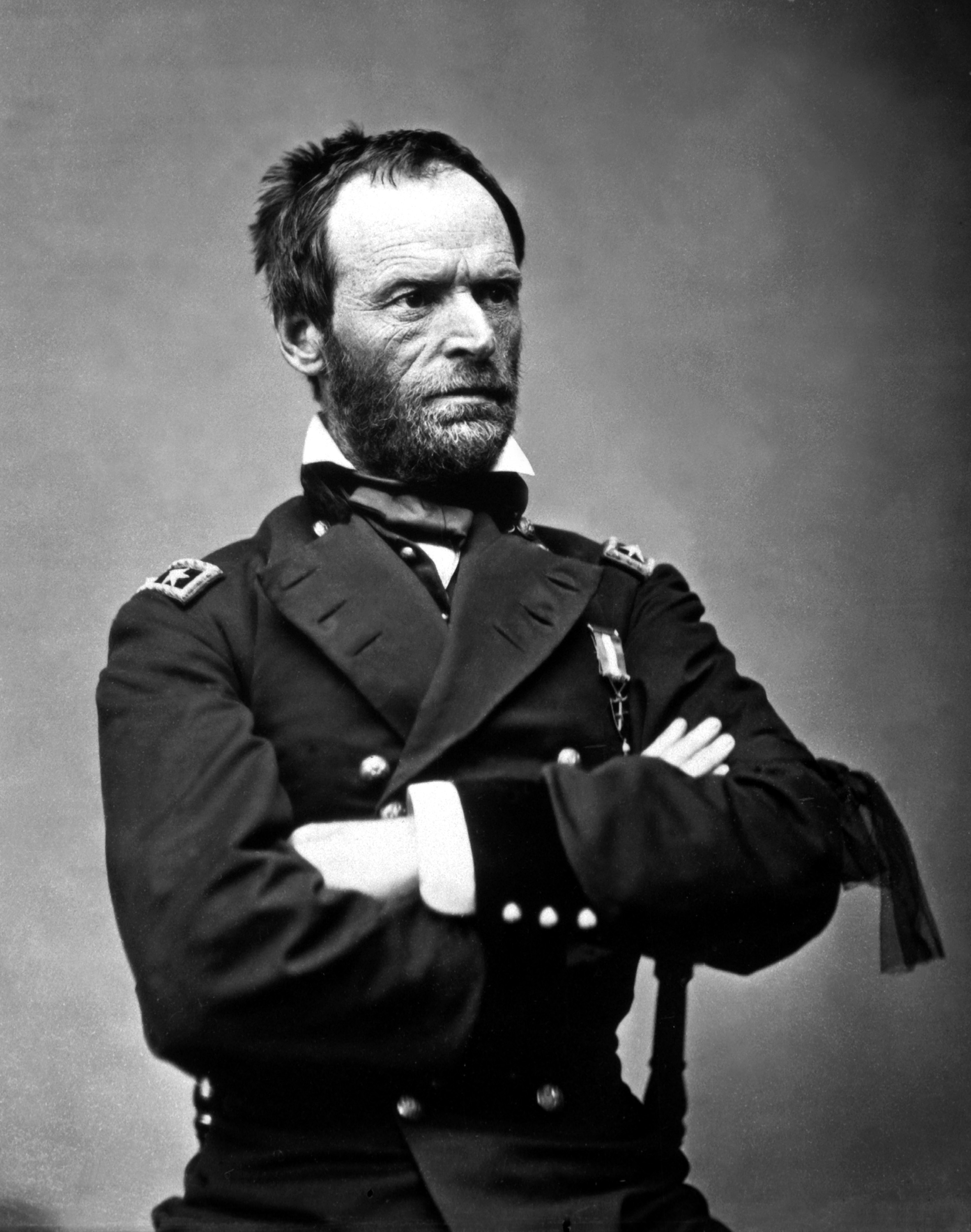
American civil war [1861-1865]

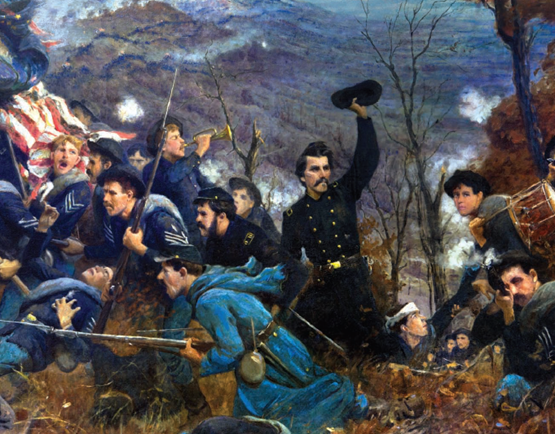
Battle of Chattanooga, 1863
The Battle of Chattanooga, along with the Battles of Gettysburg and Vicksburg, was one of the pivotal moments during the Civil War when the tide turned in favor of the Union.
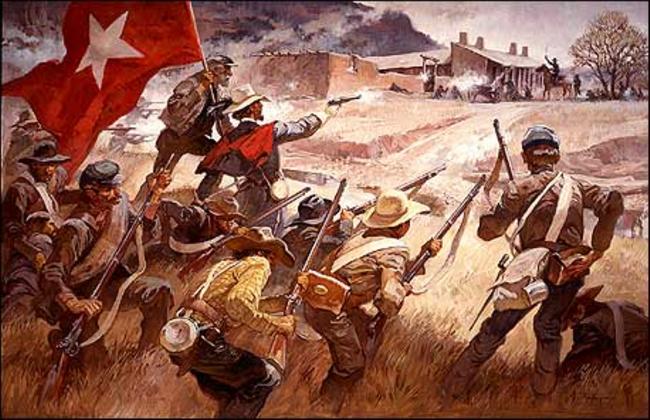
Civil war in the west
When we say American Civil War, readers usually think of terms like the Confederacy and the Union, the secession of the South from the North, the names of generals like Grant and Lee, the names of battlefields like Bull Run, Antietam and Gettysburg, and last but not least the southern surrender of Appomattox. However, few people are aware that North and South troops have fought bloody battles not only in the eastern United States,but also on the battlefields of New Mexico and Texas.
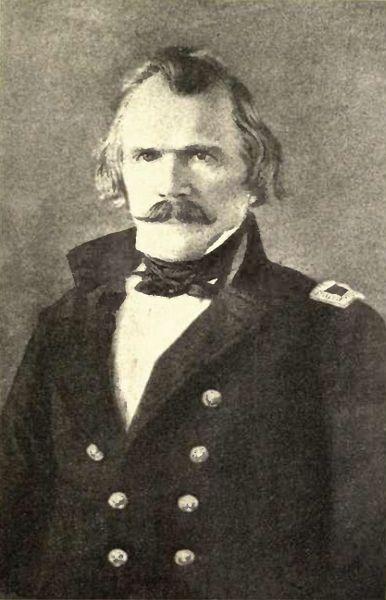
Died in the name of Confederacy - Part 1
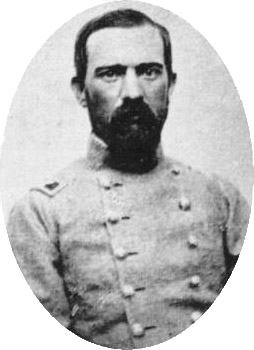
Died in the name of Confederacy - Part 2
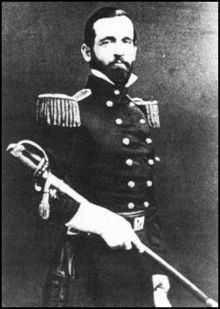
Died in the name of Confederacy - Part 3

Died in the name of Confederacy - Part 4
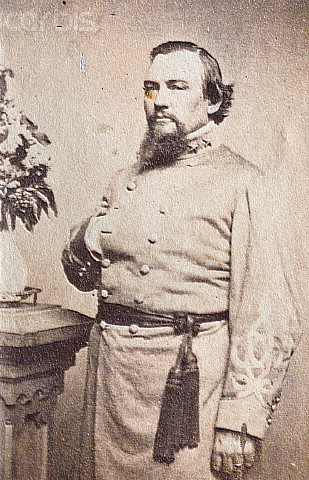
Died in the name of Confederacy - Part 5
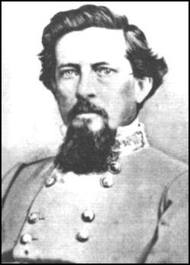
Died in the name of Confederacy - Part 6
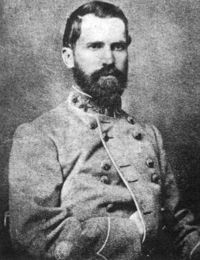
Died in the name of Confederacy - Part 7
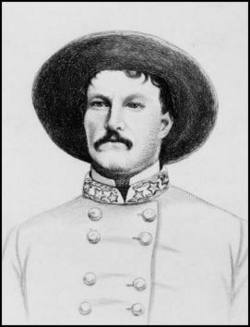
Died in the name of Confederacy - Part 8
Fort Sumter
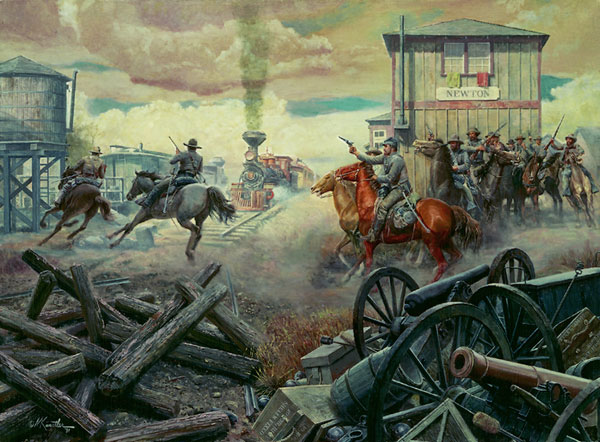
Grierson's Raid
Grierson's Raid was a Union cavalry raid during the Vicksburg Campaign of the American Civil War. It ran from April 17 to May 2, 1863, as a diversion from Maj. Gen. Ulysses S. Grant's main attack plan on Vicksburg, Mississippi.

Hood's Campaign in Tennessee - Part 1

Hood's Campaign in Tennessee - Part 2

Hood's Campaign in Tennessee - Part 3

Red River Campaign
The cause of the American Civil War, which broke out in 1861, was a dispute over the nature of the newly annexed territories west of the Mississippi, whether or not slavery would be allowed in them. Initially, the war brought numerical victories to the seceded Southern Confederacy, but by 1863 the greater economic potential of the industrial North had already become apparent. The fighting was fought over a vast territory, a fact that often escapes Europeans. It was fought from the Potomac River to the Gulf of Mexico, from Memphis on the Mississippi to Charleston on the Atlantic coast, over an area of 1,500 by 1,000 miles ...

The clutches of the American eagle I

Theatre of Operations

Battles
Join us
We believe that there are people with different interests and experiences who could contribute their knowledge and ideas. If you love military history and have experience in historical research, writing articles, editing text, moderating, creating images, graphics or videos, or simply have a desire to contribute to our unique system, you can join us and help us create content that will be interesting and beneficial to other readers.
Find out more